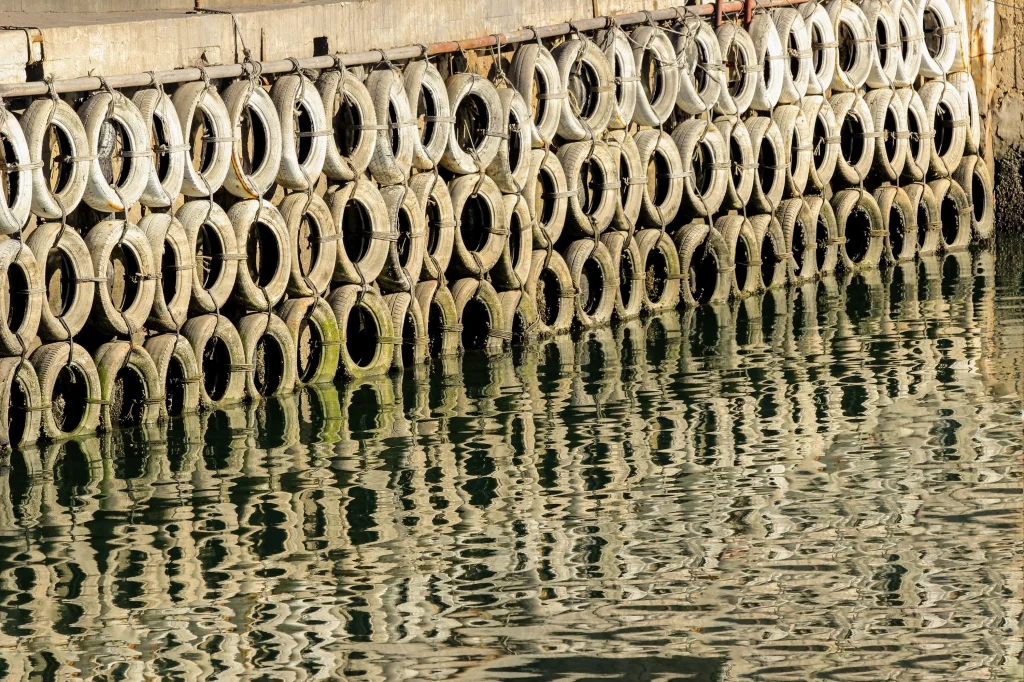Picture an elegant plastic paper packaging.
After disposal, what happens to it?
Three options might arise…
First, it could be reformed into cheap straws…
Secondly, it could be reused to make another paper bag…
Lastly, it could be reformed into a casing for a computer.
These three scenarios look the same but their differences are worlds apart.
The first option is downcycling – converting a waste material into a product of less value than the original.
The second option is recycling – remanufacturing the waste into the original product.
The third option is upcycling – converting the waste into a product of greater value than it had before.
Upcyling requires both creativity and some science for it to work
But what makes it different from the other two is the value that it creates.
Upcycling could be as simple or as complex as one imagines it.
Let’s paint a picture of what we mean.
FOOD WASTE
Just think about food waste that ends up in landfills by the hour.
Being waste, we might not expect to fetch any value from it – apart from garbage collectors.
But what if this rotting waste were to be converted into more valuable products?
That’s what composting does.
It simply takes rotting refuse and converts it into a soil amendment that is good for crops.
Value is generated from something of little value.
But let’s think out of the box a little bit…
Let’s consider mango and avocado seeds, orange peels etc. – fruit wastes that are bound for the trashbag.
What if we convert them into high value products capable of fetching a good market.
“But how?”, you ask…
Now that’s the big question.
That’s what an ‘upcycler’ (if there’s any such word) grapples with day by day.
There are no easy options but could one extract sugars or other useful substances such as pectin from mango seeds?
Could one extract cellulose (and make pads and packaging) from avocado seeds?
Could one extract essential oils from orange peels – which fetch good market prices?
But there are more forms of solid waste out there…
Plastics, papers, glass, food wastes are abundant and beckoning to us to find ways of returning value to them.
It’s not easy…
It calls for R&D (but one that goes beyond academic pursuits).
It’s not a road for the lazy or soft skinned.
But it does deliver results.
It creates wealth…
It opens up job opportunities…
It tackles the solid waste problem…
It reduces pollution…
It increases value thereby growing the local economy.
Picture the following local companies that ride on profits thanks to upcycling:
Takataka solutions, Safi Organics
But there are also others aborad:
Carbon Upcycling, UpCycling Plastic, CarboGenics
BOTTOM LINE
It’s good to consider downcycling…
It’s better to give a shot to recycling…
But it’s best to upcycle because it returns life to what had little or no life.
